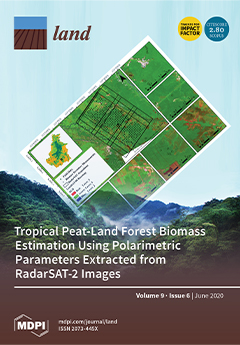Resource information
The Re-Greening of the West African Sahel has attracted great interdisciplinary interest since it was originally detected in the mid-2000s. Studies have investigated vegetation patterns at regional scales using a time series of coarse resolution remote sensing analyses. Fewer have attempted to explain the processes behind these patterns at local scales. This research investigates bottom-up processes driving Sahelian greening in the northern Central Plateau of Burkina Faso—a region recognized as a greening hot spot. The objective was to understand the relationship between soil and water conservation (SWC) measures and the presence of trees through a comparative case study of three village terroirs, which have been the site of long-term human ecology fieldwork. Research specifically tests the hypothesis that there is a positive relationship between SWC and tree cover. Methods include remote sensing of high-resolution satellite imagery and aerial photos; GIS procedures; and chi-square statistical tests. Results indicate that, across all sites, there is a significant association between SWC and trees (chi-square = 20.144, p ≤ 0.01). Decomposing this by site, however, points out that this is not uniform. Tree cover is strongly associated with SWC investments in only one village—the one with the most tree cover (chi-square = 39.098, p ≤ 0.01). This pilot study concludes that SWC promotes tree cover but this is heavily modified by local contexts.


